Reportar esta entrada
Más sobre la misma comunidad-colección
Mapa geológico de una porción al oeste de Texas
A geological map of a portion of West Texas based on U.S.G.S. ...
Linea Divisoria entre Mexico Y Los Estados Unidos
Map of the dividing line between Mexico and the United States ...
Cuadrángulo de El Paso, Texas (el Condado de El Paso)
Topography of El Paso County, Texas and the El Paso Quadrangle. ...
Bobcat "Horchata" at Hueco Tanks
As we wrap up our back country scouting around 5 pm, we spotted ...
Tabla Aeronáutica Seccional El Paso (P-4)
Published in April, 1941, this aeronautical map indicates the ...
Mapa de Nueva España bajo los virreyes
This map illustrates 1600's New Spain. Areas from New Mexico, ...
La República de Texas y territorios adyacentes
Map of the Republic of Texas and adjacent territories indicating ...
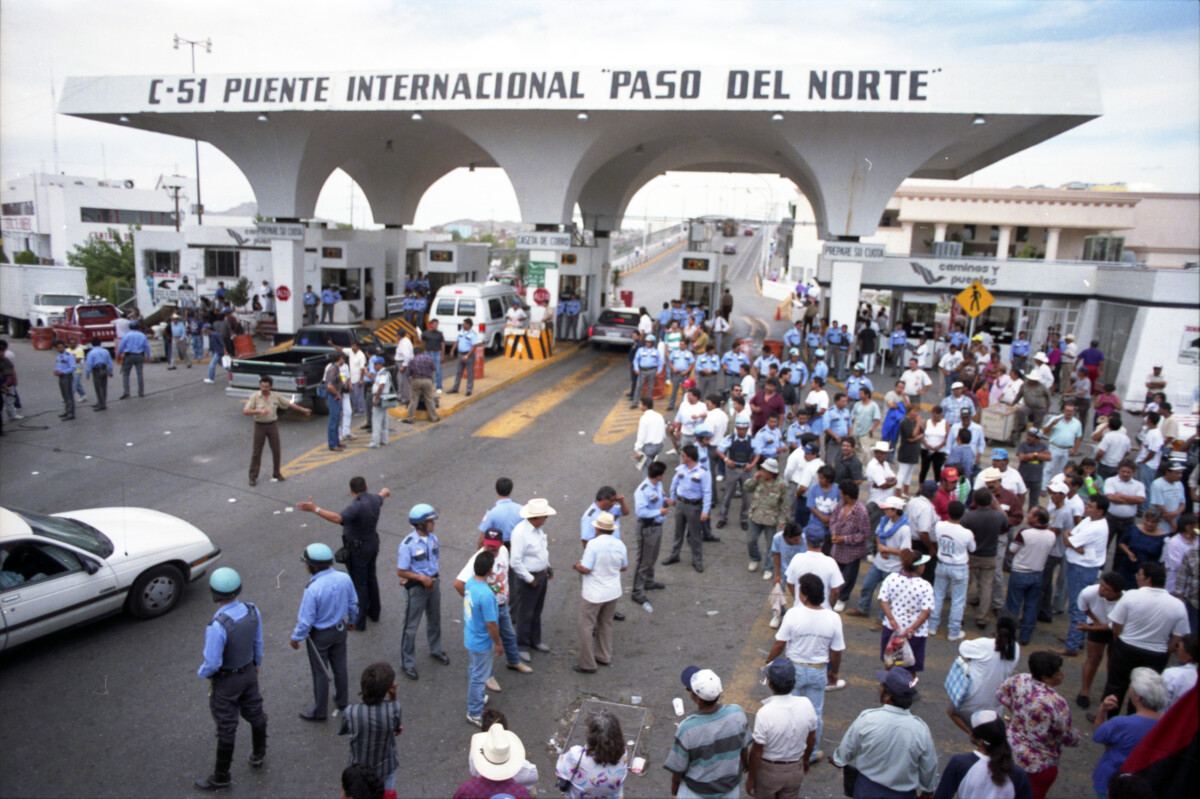
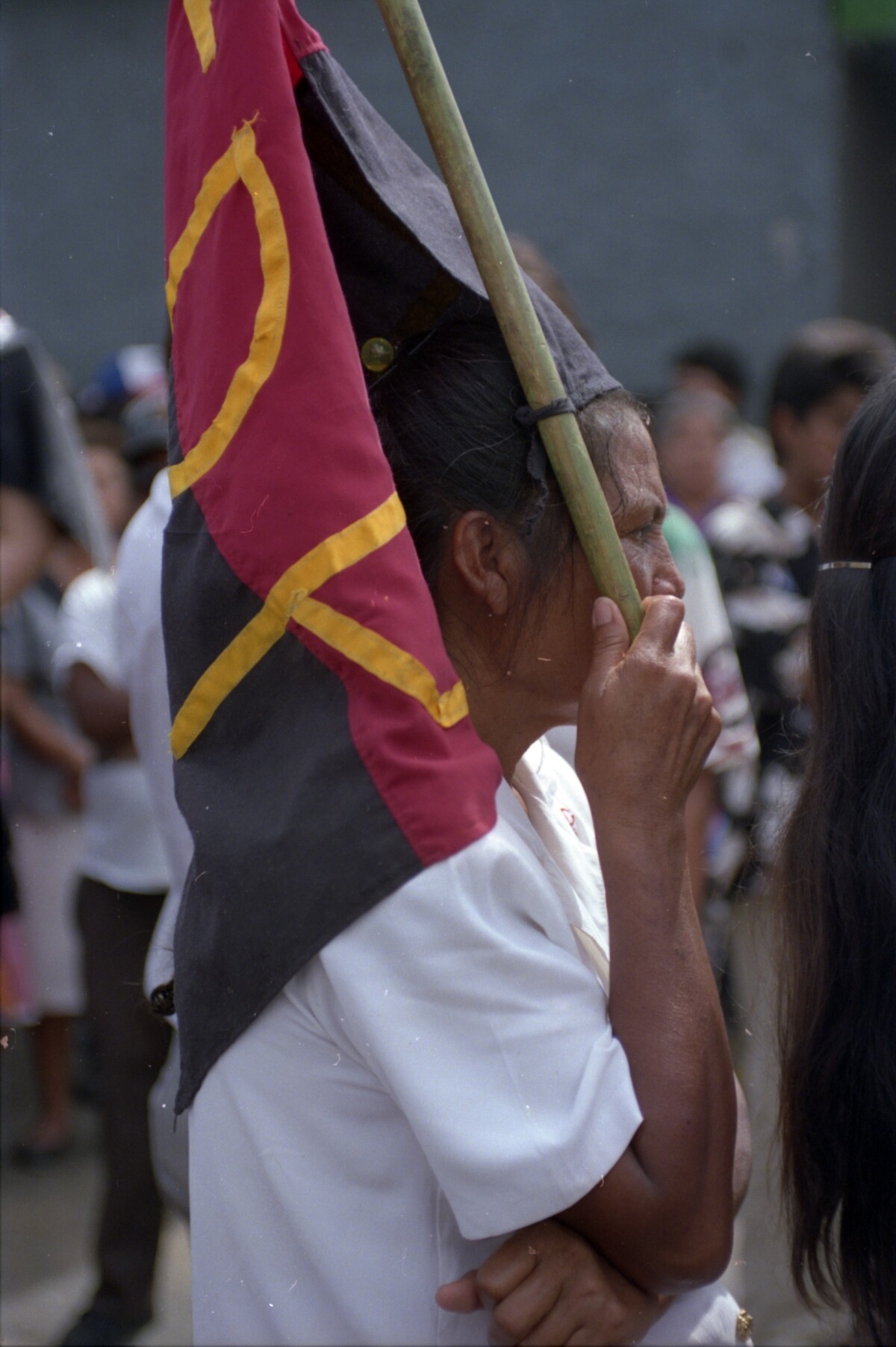

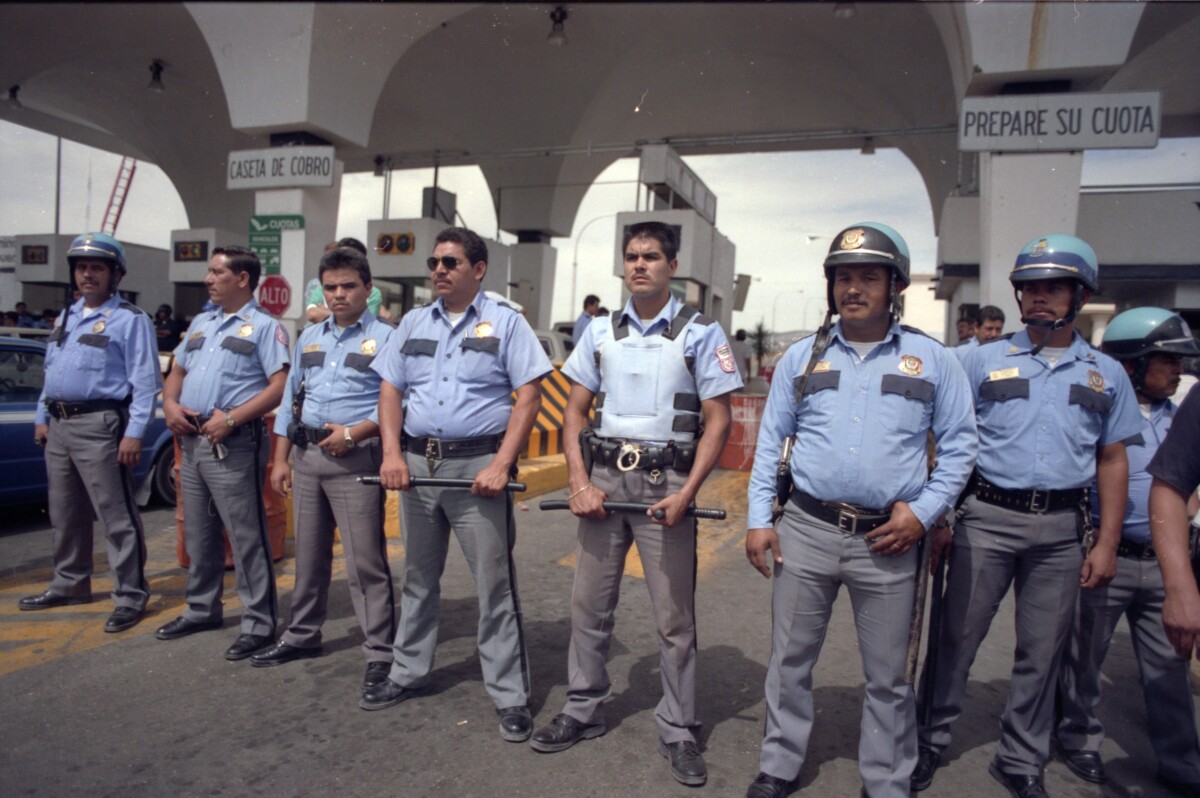
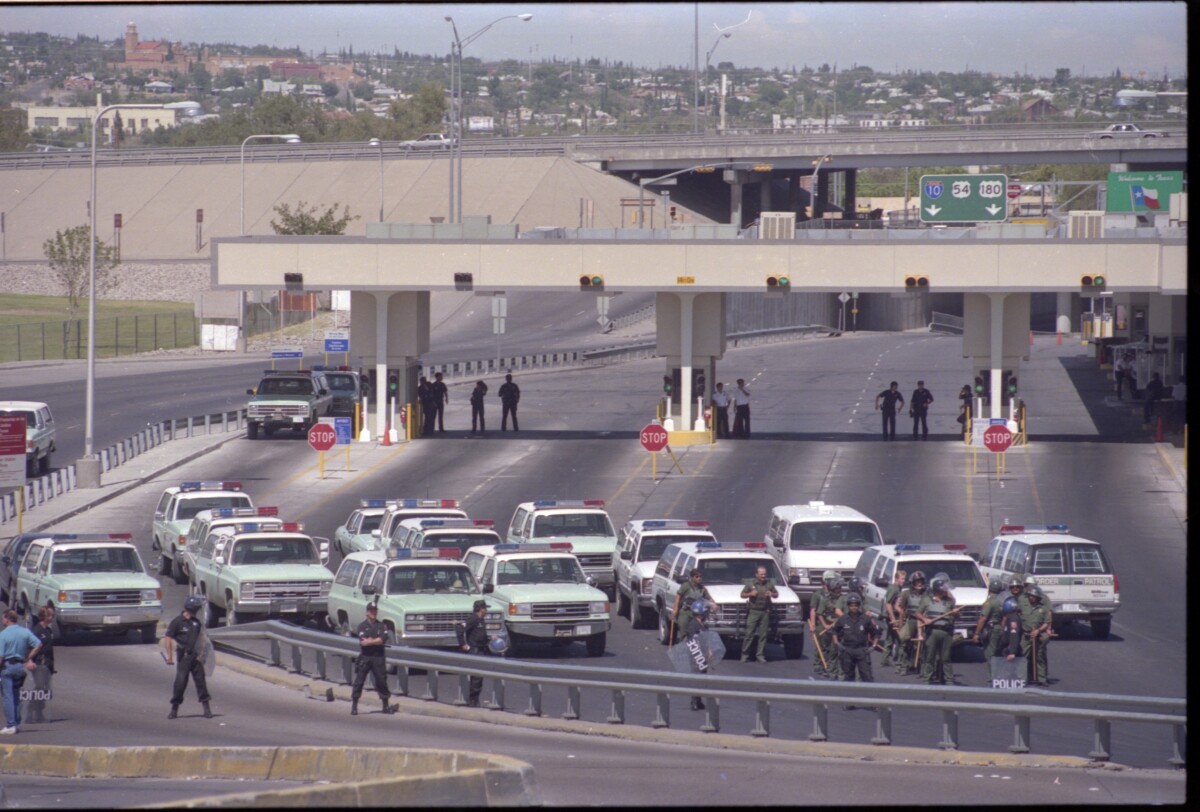

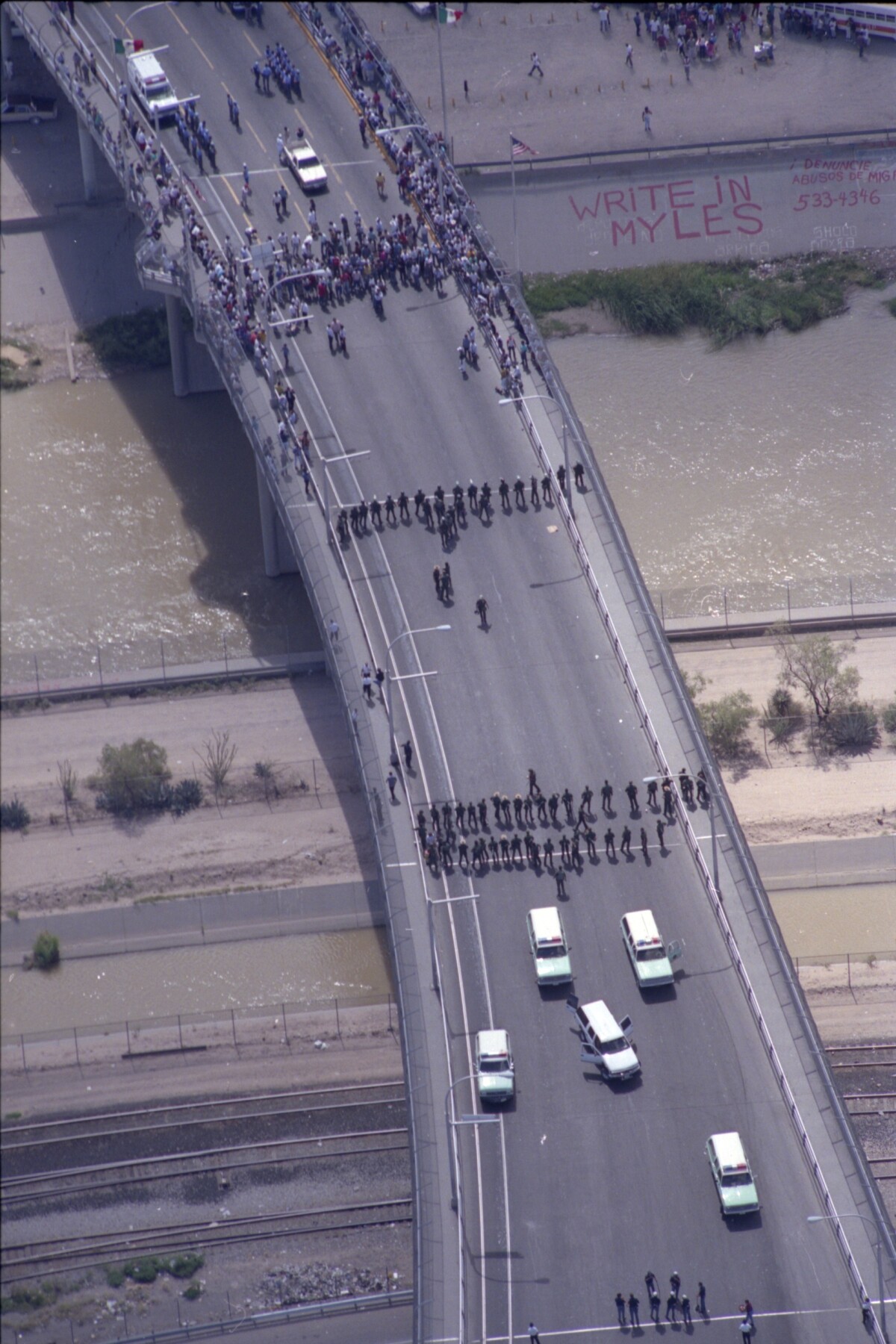
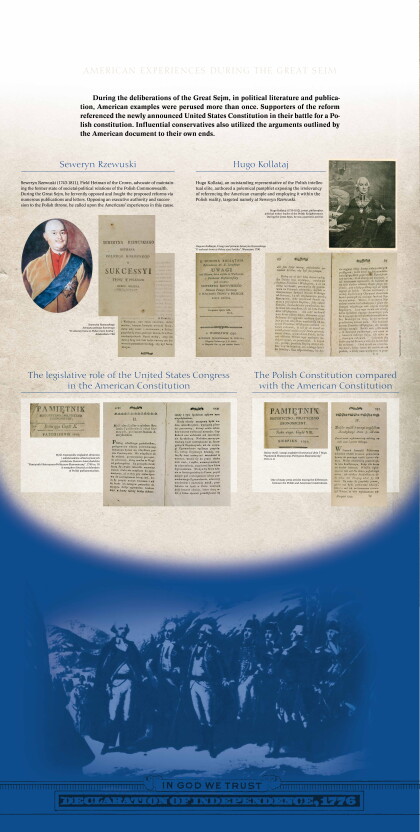
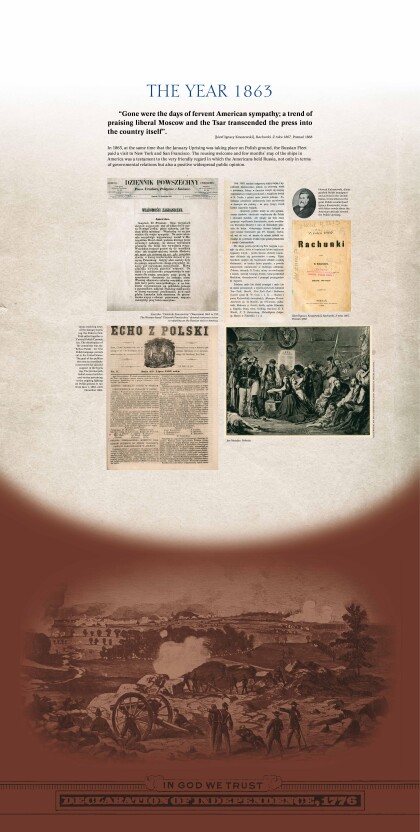
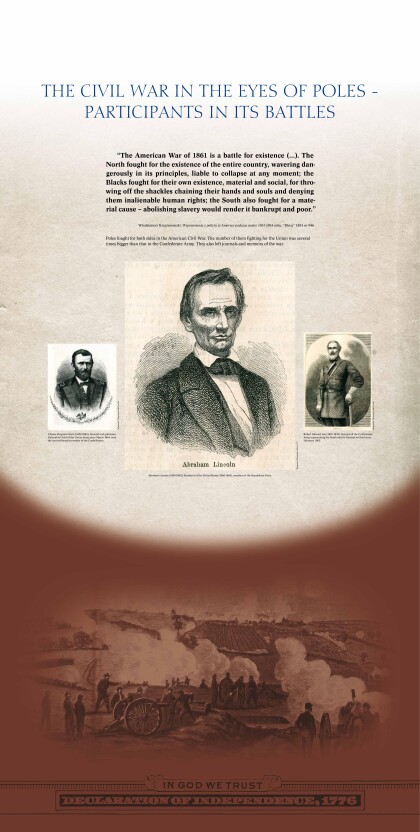
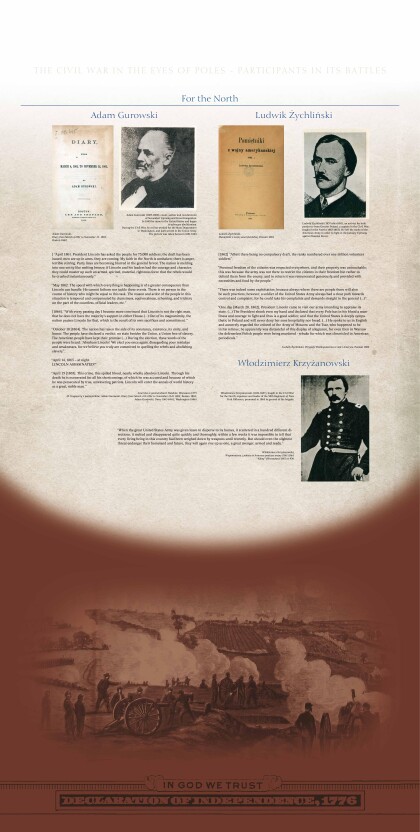
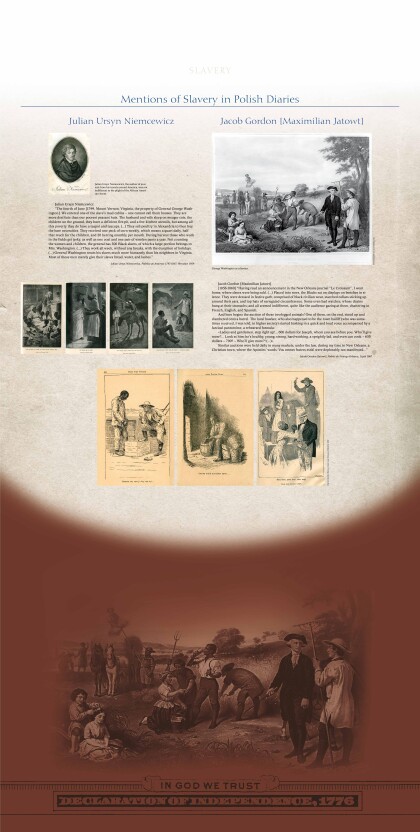
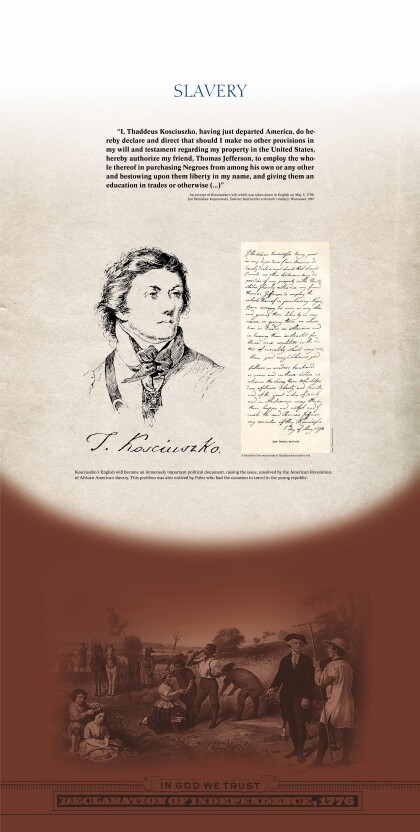



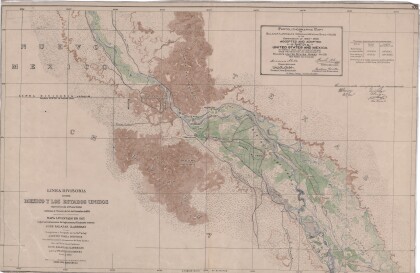
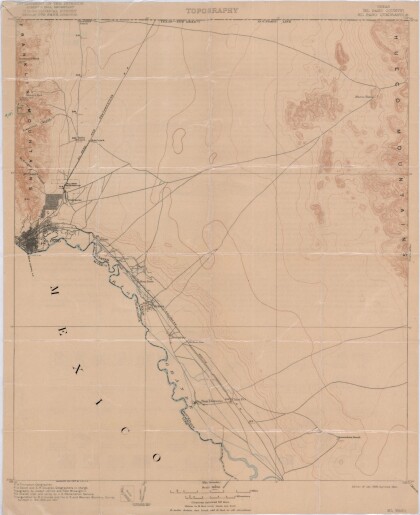


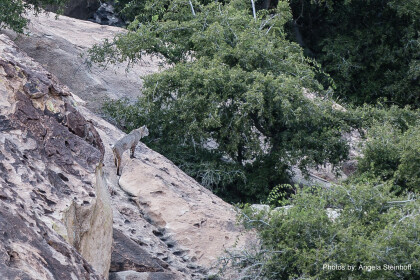
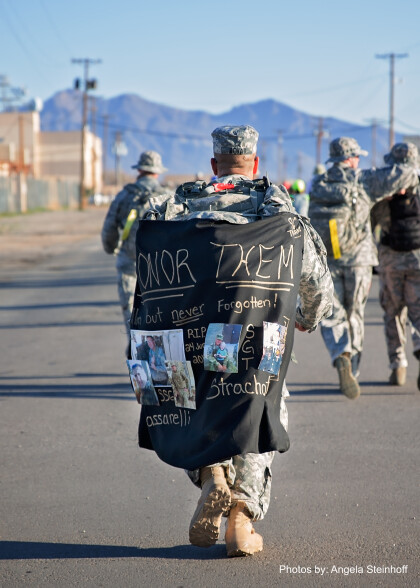


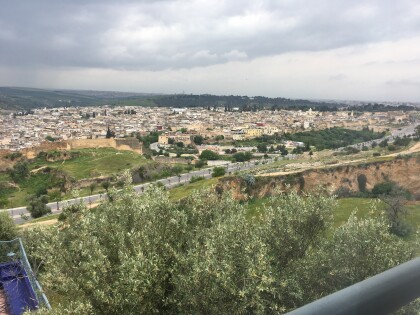
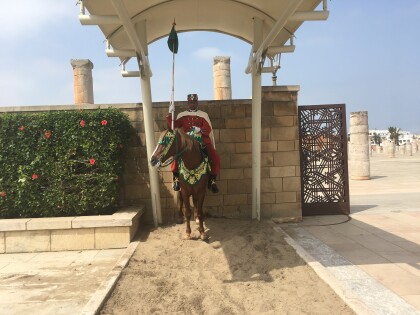
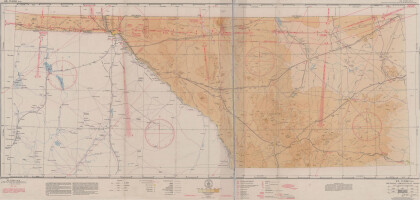
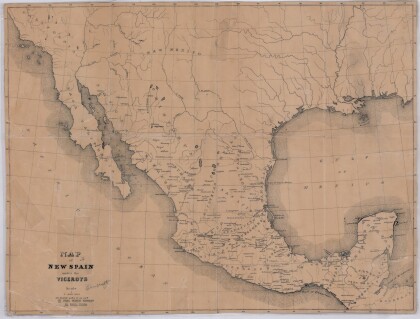
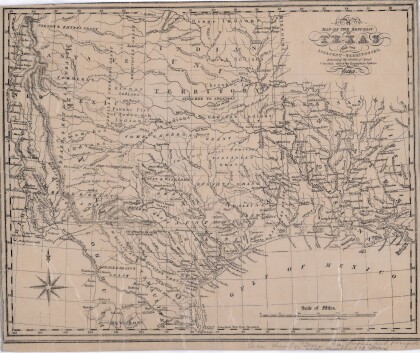

Comentarios
Hacer un comentario